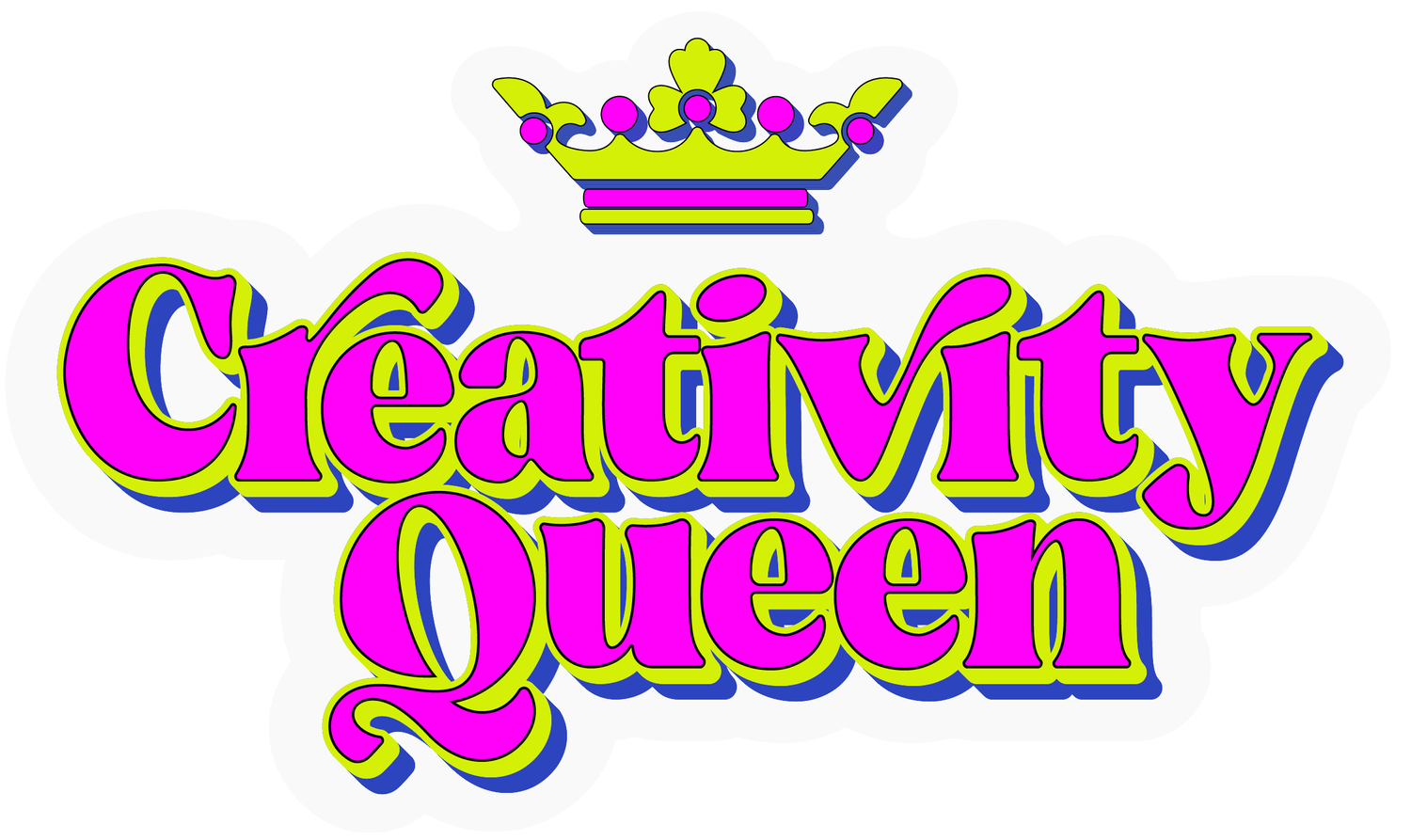Calm Kids: 3 Creative Ways to Help Your Kids Calm Down
Ever feel super overwhelmed and you just want to crawl into bed and hide under the covers and hope the house is still standing when you re-emerge from your hibernation?
Yes, there are better ways to deal with the chaos and get back into your calm. As a parent, you’ve got skills. Yeah, skills!
You know it’s time to take a walk, skip the pile of laundry and zone out on Facebook, head over to Yogurtology, or close the bathroom door and channel your inner Calgon “take me away” moment. Sometimes you are faced with the yucko moments of crying kids, last-minute projects, fighting siblings, and it seems impossible to find your “Happy Place”. You’ve still got skills. You know your triggers (and sometimes you even take a break before your buttons are pushed too far), you can say no thank you, you can ask for help, you can hide out in the bathroom until you’ve chilled out enough so that no one gets hurt. Yeah, you’ve got skills.
However, kids don’t come with pre-made skills.
They don’t know how to say something is bothering them, how to ask for what they need in a polite and calm way, how to say no thank you, how to identify their triggers, what they are feeling, or how to calm their system down...unless you teach them.
Want to help your child develop some skills?
Teach them put words to what they are feeling. When you help your child develop a feeling vocabulary they will be more likely to communicate with words instead of tantrums or meltdowns. Although this may seem like a basic preschool lesson, if you’ve got older kids you know they too need to re-learn this basic skill (and maybe your honey needs a refresher too)Here are 3 creative ways to help your child to develop a “feelings vocabulary” so they can learn to self-calm:
Create a feelings-matching game. Create index cards with images cut out from magazine, or hand drawn. Label the feelings and make two sets of matching cards. Mix the cards up and place them face down and try to match each pair.
Create a feelings game. Create a game like chutes and ladders (or any other type of board game). Add images or words identifying different situations and feelings. Make words or images on the “chutes” about poor choices and negative feelings, and the “ladders” positive choices and positive feelings. For example, add a ladder with words/ images “I helped my brother clean up, I feel proud”
Create feelings photos. Take pictures of exaggerated expressions using a Polaroid instant camera, or print out images and label them (this is also fun to do using Instagram). You can velcro these onto a feelings board, add them to popsicle sticks, or make funny feelings puppets out of the faces. Then use these to help your child identify what they are feeling and disrupt the meltdown before it becomes full-blown.
If you need more support, please reach out. Schedule a complimentary phone consultation to learn more.

